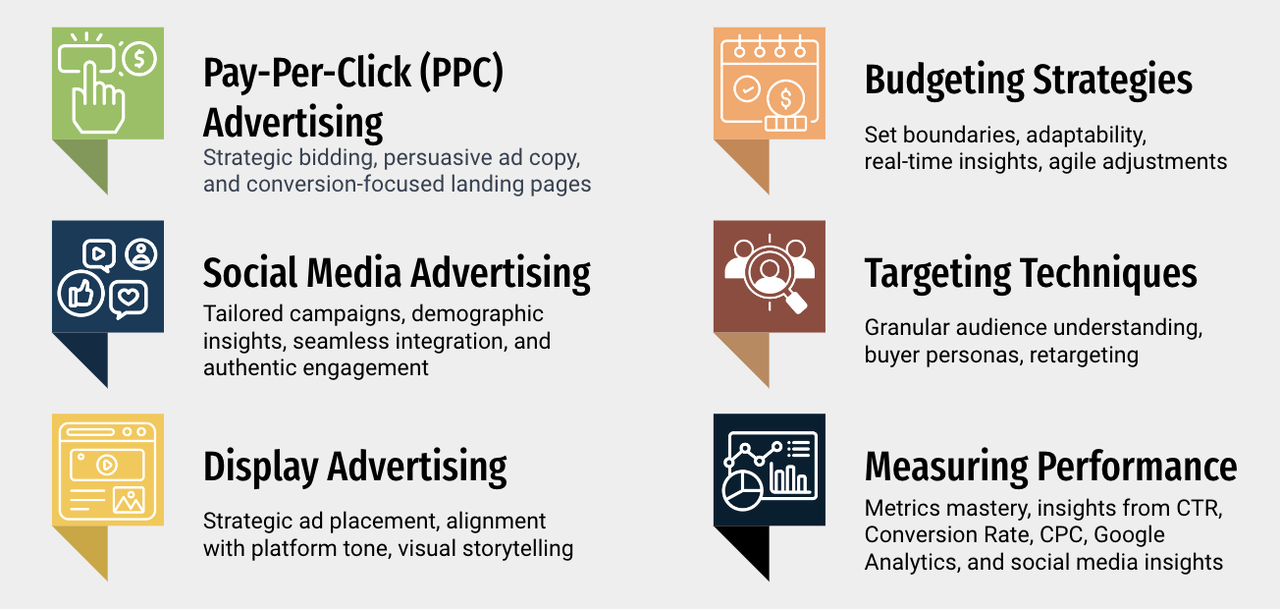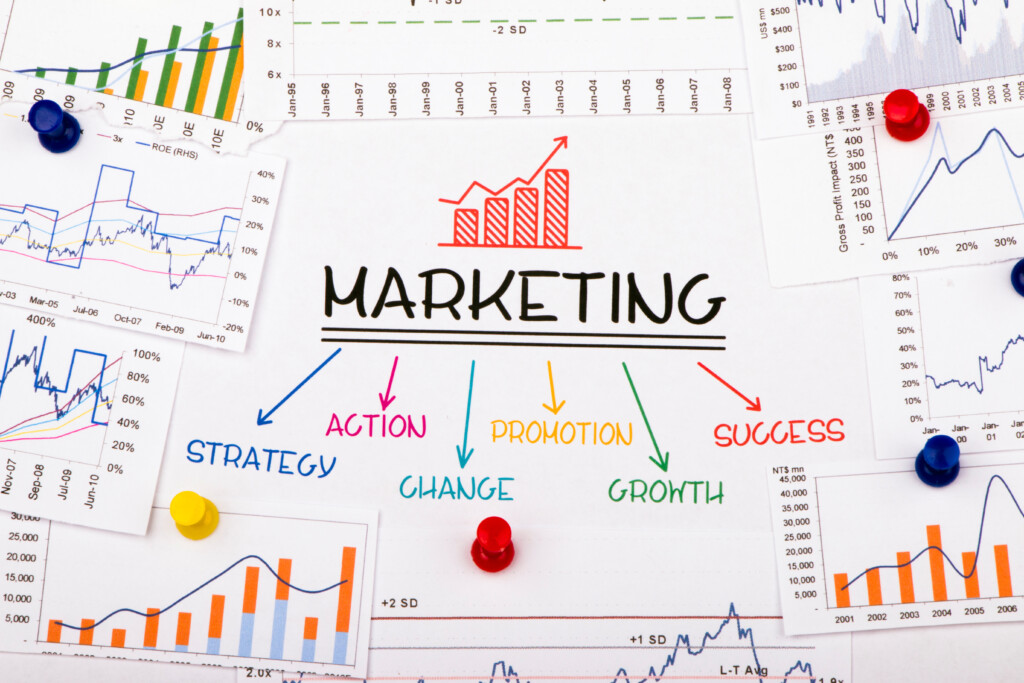Unlock the secrets to captivating beauty marketing – discover 10 expert tips that blend SEO and paid ads seamlessly!

Image courtesy of Nataliya Vaitkevich via Pexels
Table of Contents
- Understanding the Beauty and Wellness Industry
- Creating a Strong Online Presence
- Leveraging Social Media Marketing
- Harnessing the Power of Local SEO
- Implementing Effective Paid Marketing Strategies
- Creating Informative and Engaging Blog Content
- Maximizing Offline Marketing Opportunities
- Focusing on Customer Retention and Referrals
- Conclusion
The beauty and wellness industry is thriving, with numerous businesses competing to attract and retain customers. In this highly saturated market, effective marketing strategies have become crucial for success. Whether you own a hair salon, a nail salon, or a body enhancement clinic, it’s essential to maximize your online visibility and engage with your target audience.
Understanding the Beauty and Wellness Industry
Before diving into the world of marketing and Search Engine Optimization (SEO), it’s important to gain a comprehensive understanding of the beauty and wellness industry. This industry encompasses a wide range of sectors, including beauty salons and spas, barber shops, body enhancement clinics, nail salons, brow bars, and lash bars. Each sector caters to a specific target audience and faces its own unique challenges.
When marketing your beauty business, it’s crucial to identify your target audience accurately. Understand their preferences, needs, and expectations to tailor your marketing efforts accordingly. For instance, if you own a barber shop, your target audience might consist of men seeking grooming and styling services.
Creating a Strong Online Presence
Your online presence plays a vital role in attracting potential customers and boosting your business visibility. Here are some tips to optimize your website for search engines and impress your online visitors:
Optimizing Websites for Search Engines
Conduct thorough keyword research to find relevant terms and phrases that potential customers are searching for. Incorporate these keywords into your website’s meta tags, URL structure, and throughout your content to improve your search engine rankings.
Additionally, ensure that your website is mobile-responsive. With the increasing popularity of mobile devices, it’s crucial that your website looks and functions well on smartphones and tablets. This will improve the user experience and increase the chances of visitors staying on your website longer.
Building an Engaging and Visually Appealing Website
Avoid bland and outdated websites that fail to capture visitors’ attention. Use high-quality images and videos to showcase your services and products. Invest in professional photography or partner with talented local photographers to present your business in the best possible light. Ensure that your website has a user-friendly navigation system, making it easy for visitors to find the information they need.
Leveraging Social Media Marketing
Social media platforms are powerful marketing tools for beauty and wellness businesses. Here’s how you can maximize your social media presence:

Image courtesy of www.linkedin.com via Google Images
Choosing the Right Social Media Platforms
Consider the nature of your business and your target audience when selecting social media platforms to focus on. For example, Facebook and Instagram are popular choices for showcasing visual content, while LinkedIn may be more appropriate for beauty professionals to network and build connections.
Developing a Comprehensive Content Strategy
Implementing a content strategy is crucial for engaging your audience. Share before-and-after transformations, customer testimonials, and reviews to showcase the value of your services. Consider collaborating with local influencers and industry professionals to expand your reach and credibility.
Utilizing Social Media Advertising Techniques
Take advantage of social media advertising options to promote your business. Run targeted paid campaigns on platforms like Google Ads and Facebook Ads. These platforms offer advanced targeting options that can help you reach prospective customers based on demographics, interests, and location.
Harnessing the Power of Local SEO
Local SEO is vital for beauty businesses that primarily serve a specific geographic area:
Importance of Claiming and Optimizing Google My Business Listing
Google My Business is a free tool that allows businesses to manage their online presence on Google. Claiming and optimizing your Google My Business listing helps improve your local search visibility and showcases important information about your business, such as opening hours, reviews, and location.
Encouraging Positive Customer Reviews and Ratings
Positive customer reviews and ratings play a significant role in attracting new customers. Encourage satisfied customers to leave reviews on platforms like Google, Yelp, and Facebook to enhance your online reputation. Responding to reviews, whether positive or negative, demonstrates your willingness to engage with customers and improve their experience.
Building Citations and Listing Consistency across Directories
Citations are online mentions of your business name, address, and phone number (NAP) on other websites. Consistency in your business information across various online directories helps with local SEO. Make sure your NAP is consistent and up-to-date on platforms such as Yelp, Yellow Pages, and local business directories.
Implementing Effective Paid Marketing Strategies
Paid advertising can be highly effective in reaching a broader audience and generating leads. Platforms like Google Ads and Facebook Ads offer a range of options to suit different marketing goals and budgets. Explore these platforms and experiment with various ad formats to find what works best for your business.

Image courtesy of www.linkedin.com via Google Images
Setting Realistic Goals and Budgets
Before diving into paid advertising, set realistic goals and establish a budget that aligns with your marketing objectives. Track key metrics, such as click-through rates (CTRs) and conversion rates, to gauge the effectiveness of your campaigns and make necessary adjustments.
Tracking and Analyzing Key Metrics for Optimization
Digital marketing is data-driven, and tracking key metrics is essential for optimization. Tools like Google Analytics provide valuable insights into website traffic, user behavior, and conversion rates. Analyzing this data allows you to identify trends, spot areas for improvement, and refine your marketing strategies.
Creating Informative and Engaging Blog Content
Blogging is an excellent way to establish your expertise, drive traffic to your website, and engage with your audience. Here are some tips for creating captivating blog content:
Identifying Popular Topics within Each Sector
Research topics that are popular and of interest to your target audience. For example, if you own a hair salon, you could write about the latest hairstyling trends, hair care tips, or even step-by-step tutorials for simple hairstyles.
Providing Valuable Tips, Tutorials, and Guides
Share your expertise and provide valuable content that educates and helps your audience. Tips, tutorials, and how-to guides that are relevant to your customers’ needs and desires will capture their attention and establish you as a trusted resource.
Incorporating Relevant Keywords for SEO Benefits
When crafting blog content, make sure to incorporate relevant keywords for search engine optimization. These keywords should align with what potential customers are searching for. However, avoid keyword stuffing and prioritize creating high-quality, informative, and engaging content that resonates with your readers.
Maximizing Offline Marketing Opportunities
While online marketing is essential, don’t overlook the power of offline marketing to reach your local community:

Image courtesy of www.cobizmag.com via Google Images
Collaborating with Local Influencers and Businesses
Partnering with local influencers and complementary businesses can exponentially expand your reach. Consider collaborating on events, joint promotions, or even sponsored content to tap into their existing audience.
Hosting Events and Workshops
Hosting events and workshops in your community can help establish your expertise and engage with potential customers on a more personal level. For example, a makeup artist could offer a makeup tutorial workshop showcasing different techniques and products.
Distributing Printed Marketing Materials
Don’t underestimate the power of physical advertising materials. Business cards, flyers, and brochures can be effective when strategically distributed in high-traffic areas, local businesses, or at relevant events.
Focusing on Customer Retention and Referrals
Retaining existing customers and encouraging them to refer their friends and family involves implementing effective customer retention strategies:
Implementing Loyalty Programs and Discounts
Rewarding loyal customers with exclusive discounts, loyalty programs, or referral incentives can increase customer satisfaction and encourage repeat visits. Consider offering special perks for customers who refer new clients to your business.
Encouraging Satisfied Customers to Refer Friends and Family
Word-of-mouth is powerful in the beauty industry. Encourage and incentivize satisfied customers to refer their friends and family to your business. Offering referral discounts or freebies can motivate your existing customers to spread the word about your services.
Leveraging Email Marketing for Effective Communication
Email marketing is a cost-effective way to communicate with your customers directly. Use it to share exclusive offers, updates, and relevant news. Make sure to segment your email list to personalize your messages based on customer preferences and demographics.
Book Now For a Free Consultation
Conclusion
Mastering the art of beauty marketing requires a combination of SEO techniques, paid advertising, and offline strategies. By implementing the tips and tricks outlined in this guide, you can enhance your online visibility, engage with your target audience, and ultimately drive growth and success in the competitive beauty and wellness industry.